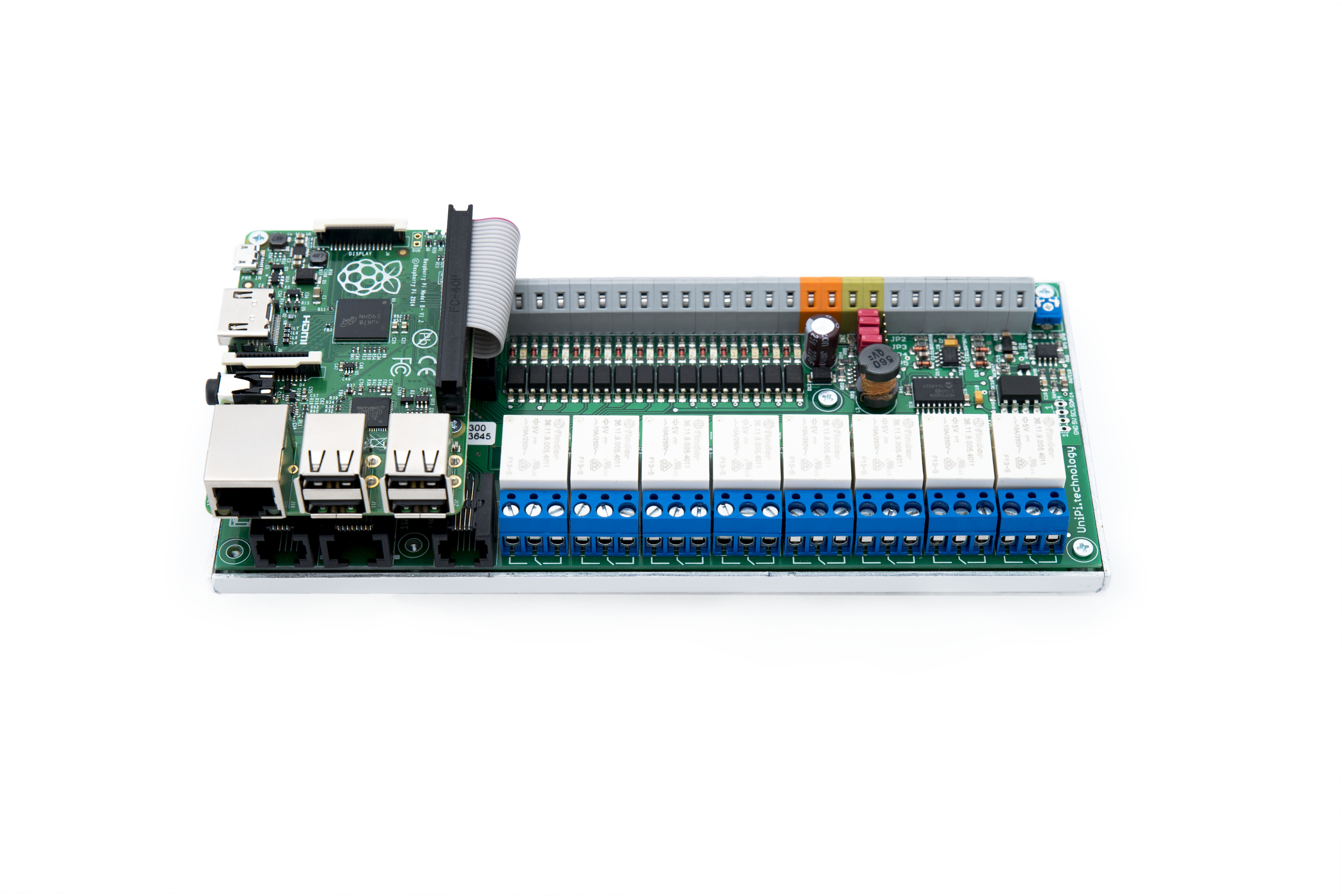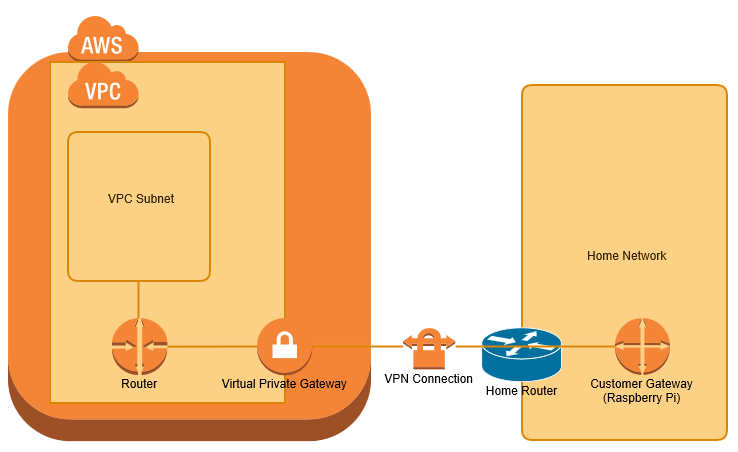Introduction
I've been wanting to have a play with Yocto so decided to have a go at getting an image running on a Raspberry Pi. I found plenty of references but no step by step that just worked. This post just covers my notes on how to get going.
Development Machine
The Yocto Project Quick Start states "In general, if you have the current release minus one of the following distributions, you should have no problems", then lists several distros including Ubuntu. I originally tried using Ubuntu 16.04, and had problems, I think because of the later version of gcc.
I used a clean install of Ubuntu 14.04 desktop running on a virtual machine, the rest of the process was actually pretty straight forward
Firstly I made sure that Ubuntu was fully patched
sudo apt-get update
sudo apt-get upgrade
Then following the Yocto Project Quick Start I installed the required packages
sudo apt-get install gawk wget git-core diffstat unzip texinfo gcc-multilib build-essential chrpath socat libsdl1.2-dev xterm
I then disabled the dash shell in favour of the bash shell ( I did this because I saw it advised, not sure if this is required)
sudo dpkg-reconfigure dash
Getting the code and Building
At the time of writing krogoth is the latest version of Yocto, hence I am working with that branch. The raspberrypi meta data is not currently branched so I am working with the master branch. The first step is to clone yocto and meta-raspberrypi
mkdir yocto
cd yocto
git clone -b krogoth git://git.yoctoproject.org/poky.git poky
cd poky
git clone -b master git://git.yoctoproject.org/meta-raspberrypi
Now generate the default configuration files into the default directory build.
. oe-init-build-env build
Now we need to edit the build configuration. Firstly edit yocto/poky/build/conf/local.conf add these lines
MACHINE ?= "raspberrypi2"
GPU_MEM = "16"
MACHINE could also be set to raspberrypi, or to raspberrypi3 depending on your target hardware (The raspberrypi2 image should also run on an RPI3). The GPU_MEM setting allocates the minimum amount of memory to the GPU leaving the rest for the ARM processor. See the READEME in meta-raspberrypi for details of these and other options.
Secondly edit yocto/poky/build/conf/bblayers.conf and add meta-raspberrypi, mine looks like this
# POKY_BBLAYERS_CONF_VERSION is increased each time build/conf/bblayers.conf
# changes incompatibly
POKY_BBLAYERS_CONF_VERSION = "2"
BBPATH = "${TOPDIR}"
BBFILES ?= ""
BBLAYERS ?= "
/home/david/yocto/poky/meta
/home/david/yocto/poky/meta-poky
/home/david/yocto/poky/meta-yocto-bsp
/home/david/yocto/poky/meta-raspberrypi
"
Now it's time to build, it's worth noting that the command oe-init-build-env doesn't just create the configuration files and build directory - it also sets up the environment including the path, so if you build in a new shell, or having logged in you need to re-run oe-init-build-env. It won't overwrite the changes you've made to the configuration. So to build I cd to the poky directory and then
. oe-init-build-env build
bitbake rpi-basic-image
The build takes a long time the first time, potentially hours, numerous packages are fetched, when I build the first time I had a package fail to download because the git repository was unavailable, and the build failed. Just re-run the bitbake command. Assuming everything succeeds you should see output that looks like this
Parsing recipes: 100% |#########################################| Time: 00:00:22
Parsing of 891 .bb files complete (0 cached, 891 parsed). 1321 targets, 67 skipped, 0 masked, 0 errors.
NOTE: Resolving any missing task queue dependencies
Build Configuration:
BB_VERSION = "1.30.0"
BUILD_SYS = "x86_64-linux"
NATIVELSBSTRING = "universal"
TARGET_SYS = "arm-poky-linux-gnueabi"
MACHINE = "raspberrypi2"
DISTRO = "poky"
DISTRO_VERSION = "2.1.1"
TUNE_FEATURES = "arm armv7ve vfp thumb neon vfpv4 callconvention-hard cortexa7"
TARGET_FPU = "hard"
meta
meta-poky
meta-yocto-bsp = "krogoth:f5da2a5913319ad6ac2141438ba1aa17576326ab"
meta-raspberrypi = "master:2745399f75d7564fcc586d0365ff73be47849d0e"
NOTE: Preparing RunQueue
NOTE: Executing SetScene Tasks
NOTE: Executing RunQueue Tasks
NOTE: Tasks Summary: Attempted 2167 tasks of which 911 didn't need to be rerun and all succeeded.
The resultant sdcard image is found beneath the build directory, flash it to SDCard as you would any other image
tmp/deploy/images/raspberrypi2/rpi-basic-image-raspberrypi2.rpi-sdimg



